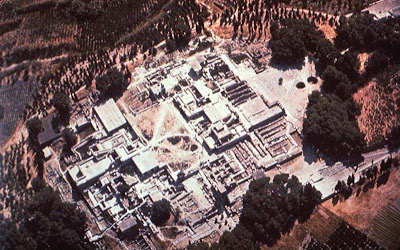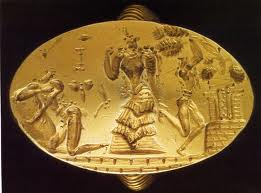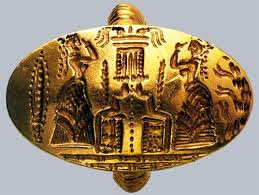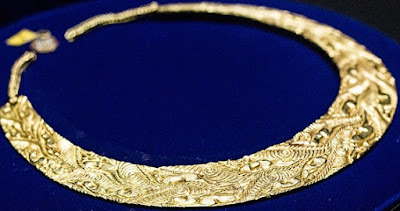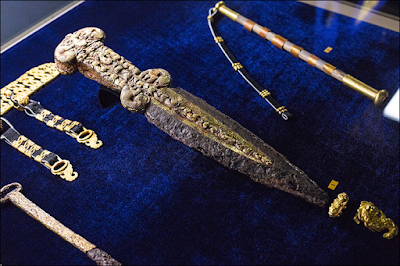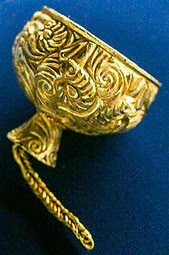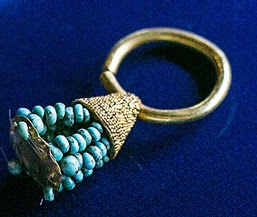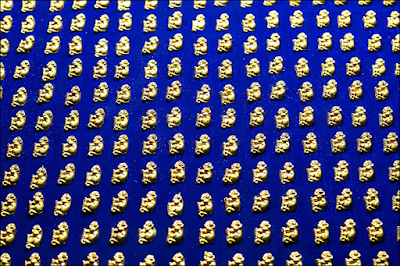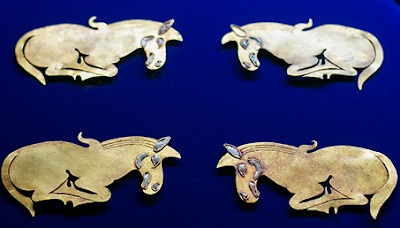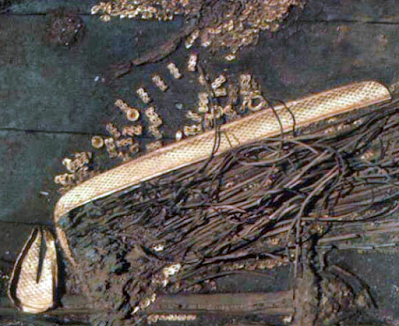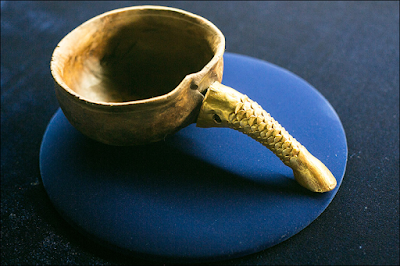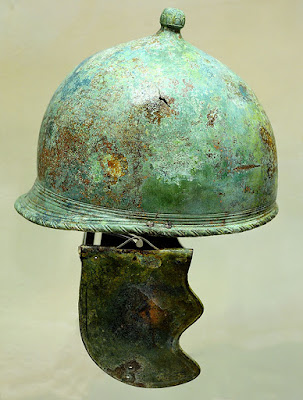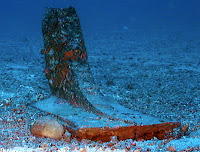 | Rome in the third century was a time of turmoil and encroaching chaos. Gordian III assumed the throne in 238 CE at the age of 13, making him the youngest sole Roman emperor. In 235, following the murder of Severus, Maximinus Thrax was acclaimed emperor by his troops. Born of Thracian origin and given the nickname Thrax "the Thracian", a growing opposition against him followed. The Roman Senate and the population of Rome opposed his rule. In 238, a rebellion broke out in the Africa Province, where Gordian's grandfather and uncle, Gordian I and II, were proclaimed joint emperors. This revolt was suppressed by Cappellianus, a loyal supporter of Maximinus. |
Later in 238, a senatorial revolt broke out, leading to the successive proclamations of Gordian I, Gordian II, Pupienus, Balbinus, and Gordian III.
 | Maximinus advanced on Rome, but was halted at Aquileia, where he was assassinated by elements of the Legio II Parthica. |
Gordian III served for almost six years before dying under mysterious circumstances while fighting against the Sassanian Persians. He was succeeded by his praetorian prefect, Philip the Arab. The Latin word “aureus” means “golden”, and derives from the Roman word for gold: aurum. The aureus was first produced in the first century BCE and was still being struck in the fourth century CE. It was initially valued at 25 silver denarii.


 Minos is associated in myth with the labyrinth, which identifies with the site at Knossos.
Minos is associated in myth with the labyrinth, which identifies with the site at Knossos. 




